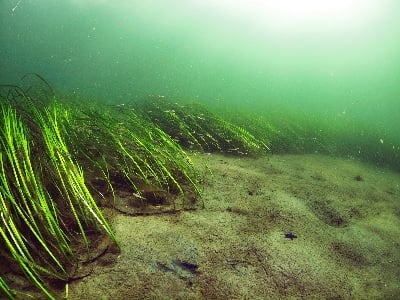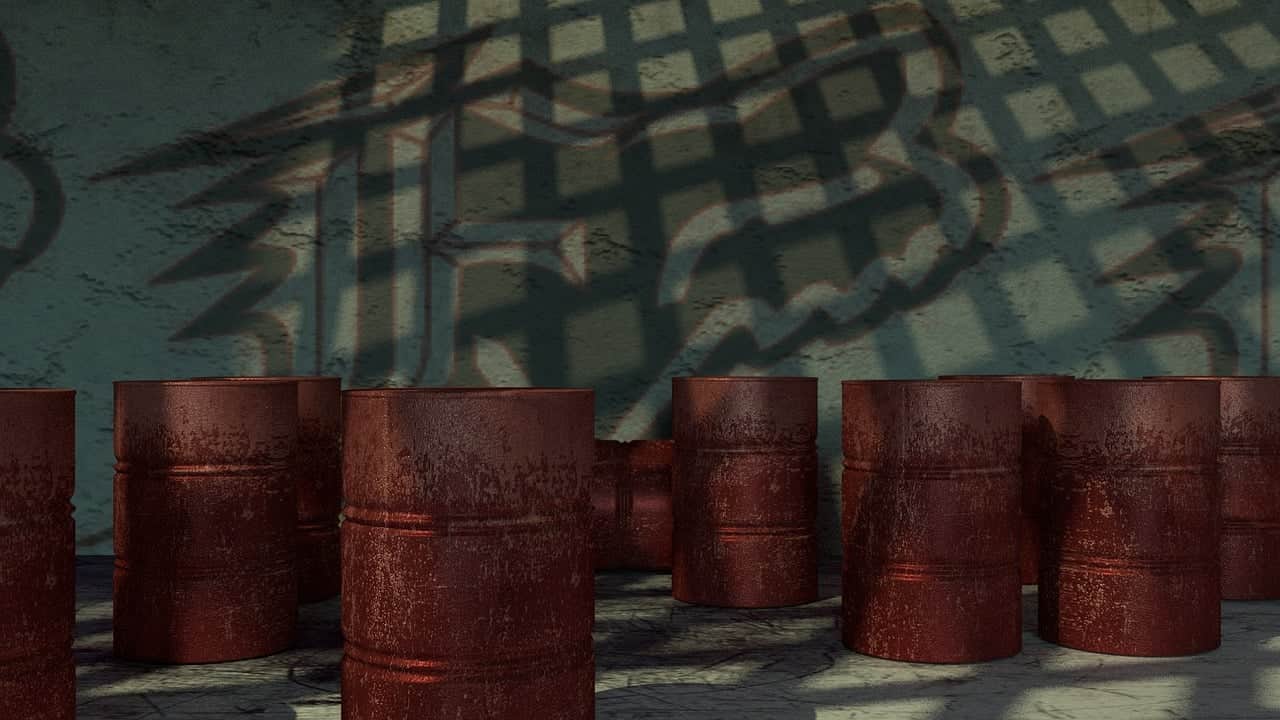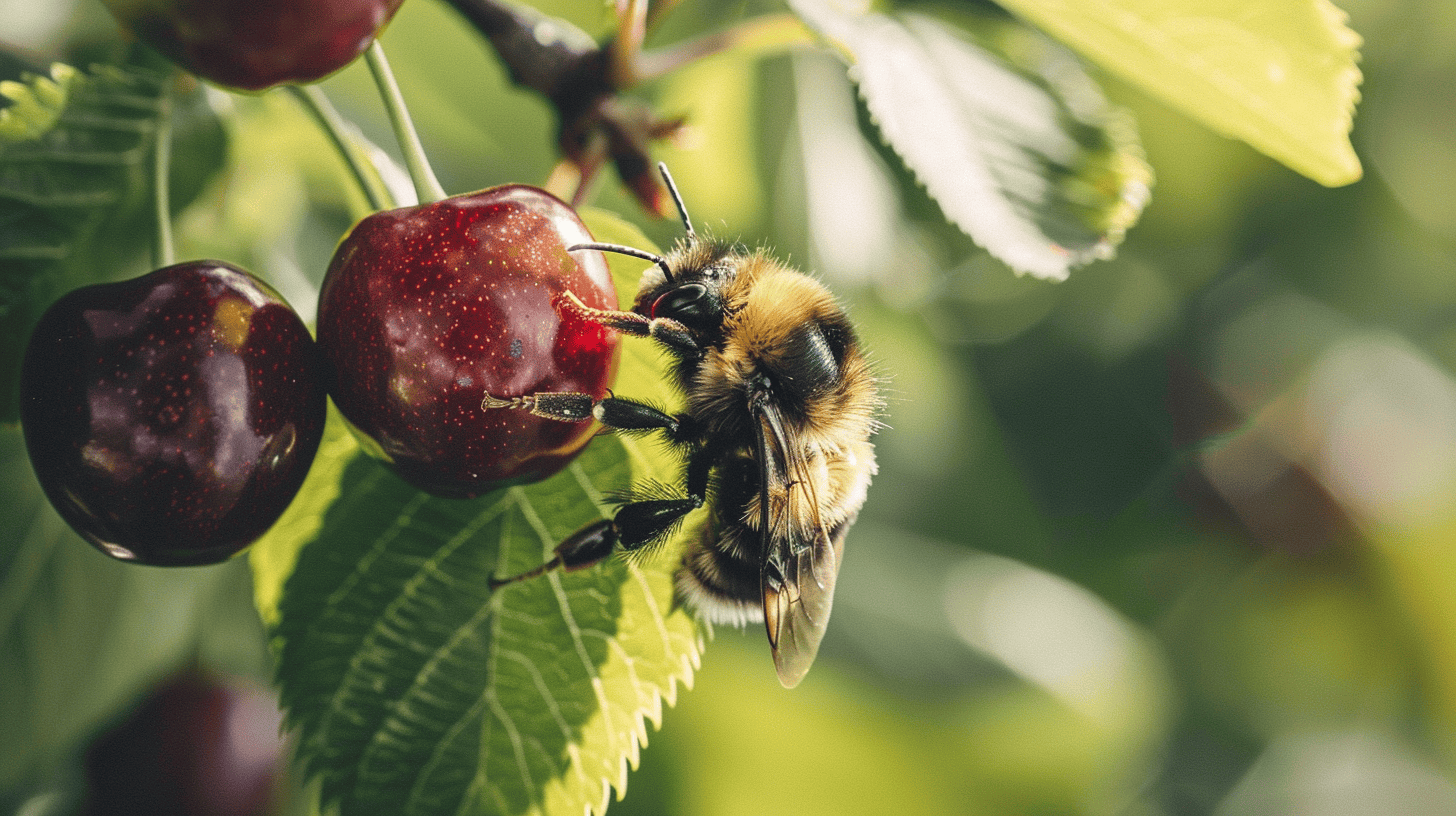
The loss of important seagrass beds in western Sweden since the 1980s has led to substantial soil erosion and the release of increased amounts of carbon and nitrogen. These substances contribute to climate change and unwanted growth of algae in the sea. This is evident from a new study by researchers from Gothenburg University, Stockholm University, Åbo Akademi University and the University of Southern Denmark.
Seagrass beds play an important role in coastal ecosystems. They provide valuable habitats for cod and other commercial shellfish species. Also, they boost biodiversity and provide clearer water by stabilizing the seabed. At the same time, they capture organic material that is rich in carbon and nutrients and store it in the sediment for long periods of time. This mitigates climate change impacts and eutrophication (nutrient pollution).
Emissions
An international research group led by researchers from the University of Gothenburg, is now publishing a study in the journal Ecosphere. This could show for the first time that losing seagrass causes significant emissions of both carbon and nutrients in the environment. The researchers compared sediments in seagrass meadows with areas where seagrass meadows have been lost in southern Bohuslän on the Swedish west coast. There, large amounts of seagrass have been disappearing since the 1980s. The results show that seagrass meadows in Bohuslän are extremely efficient at storing both carbon and nutrients in the sediment. Especially seagrass beds in areas protected from waves have unusually high levels.
“These grasslands can contain meter-thick layers of organic-rich sediment. This makes them global ‘hot-spots’ for carbon and nitrogen storage,” says Per Moksnes, lead author of the study.
More sensitive
The study also reveals that carbon and nitrogen levels are several times lower in the sediment where seagrass beds have vanished. At least 35 cm of the organic-rich sediment were found to be worn away which enabled carbon and nitrogen to escape. The results also show that seagrass beds in protected areas, with the largest carbon and nitrogen layers are the ones with the most sensitive sediment. These are most susceptible to erosion following the disappearance of seagrass.
Tentative calculations estimate that for each hectare of seagrass that is lost, an average of more than 60 metric tons of carbon and 6.6 metric tons of nitrogen are released into the environment. Nitrogen emissions from one hectare of lost seagrass are on the same scale as the average annual emissions from a fish farm in Sweden.
Tourism
Seagrass beds are also disappearing in many other countries. Especially in areas with a lot of tourism and construction work going on. “Therefore it is important to conserve existing seagrass meadows and restore lost seagrass meadows, states Marianne Holmer. She is an expert in coastal ecology and professor at the University of Southern Denmark.
Currently, seagrass meadows in both Denmark and Sweden are being restored. New seagrass shoots are being planted in fjords and other protected coastal areas where seagrass meadows were once common. This kind of approach is what is known as a ‘nature-based solution.’ You make use of nature’s own solutions to capture and store carbon and nutrients by planting new seagrass meadows, rather than e.g. applying technological solutions.
Denmark, Finland and Sweden are members of the International Union for Conservation of Nature. This is an organization that aims to address societal challenges, such as climate change, loss of biodiversity and food security with nature-based solutions.
Also interesting:
Ook interessant: ‘Research shows that carbon in the world’s oceans needs to be recalculated








